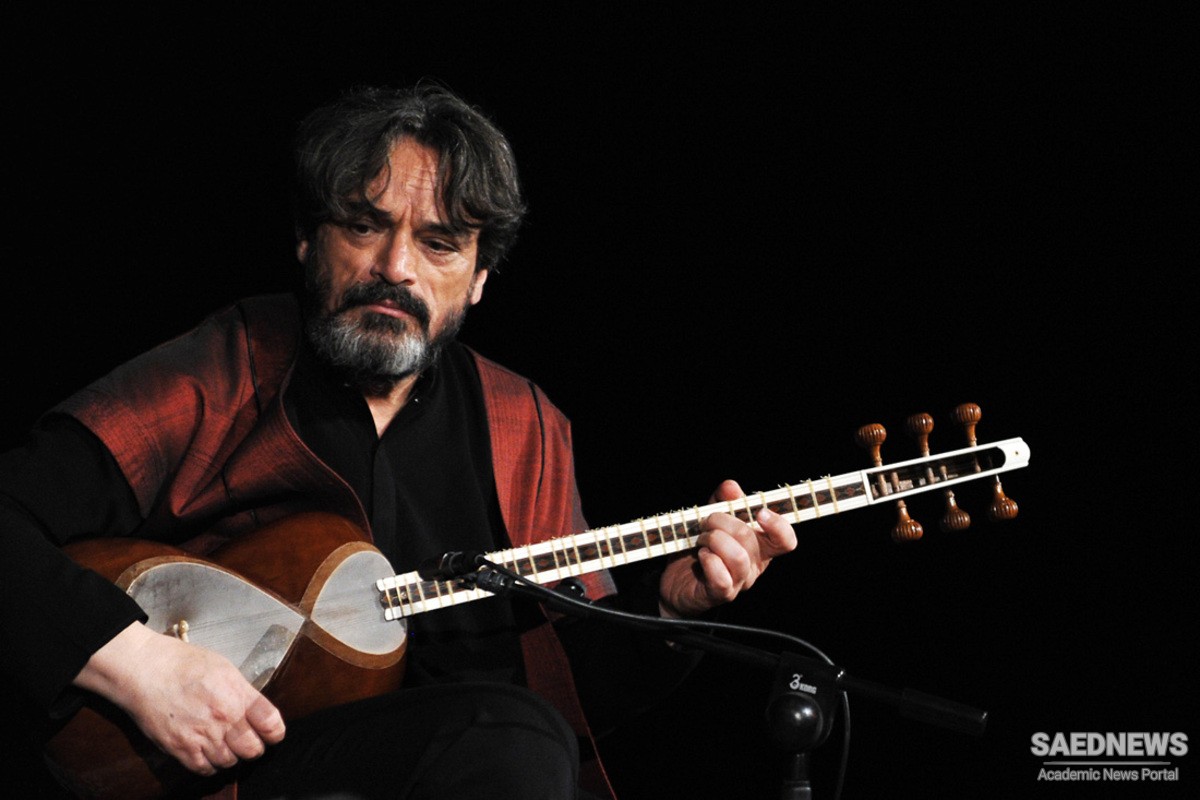The distinctive scale of Chahargah contains two identical tetrachords, CD'E F and G A*" Β C, each containing a neutral second and a major third. There are also two intervals close to augmented seconds, D*" to E and Af to B, not often found in Persian music.
For the chief melody of Chahargah, one finds general agreement in nearly all sources—a rare occurrence in even this particular dastgah tradition. The melodic motive that identifies Chahargah is the rising neutral third to the tonic, A-koron to C. This motive is stressed at the opening and again at the cadence. The A-koron receives additional emphasis by a trill from the note below. The trill of a neutral second and a stressing of the neutral third gives a particular sound to Chahargah, making it one of the most easily recognizable dastgah-ha.
Aside from the motives used for opening and closing of the daramad, the material between is also quite similar in all the sources. Immediately after the characteristic opening, there is a quick descent back to the A-koron, followed by a slower, more elaborate rise, which exceeds the tonic by a major third and then returns to it. In this unusually well defined melody, there is even some rhythmic similarity in all versions of the opening and closing sections. The middle sections in all versions are in an even rhythm of sixteenth notes with quarter or half notes used to emphasize the important degrees of the tetrachord.
Of the gusheh-ha belonging to Chahargah, the most important are Muyeh on the third degree, Zabol on the fourth, Hesar on the fifth (with the fourth degree raised to provide a leading tone), and Mokhalef on the sixth. These gusheh-ha correspond to the most important gusheh-ha of Sehgah in their names, in the scale degrees they stress, and, less exactly, in their melodies.
Chahargah, like Mahur, is one of the happier dastgah-ha of Persian music. Evidence for its joyous character is the popular wedding piece in Example 62. Rast kuk for Chahargah is C for tar and sehtar, C for santur, and D for violin.


 The Sehgah Dastgah
The Sehgah Dastgah














































